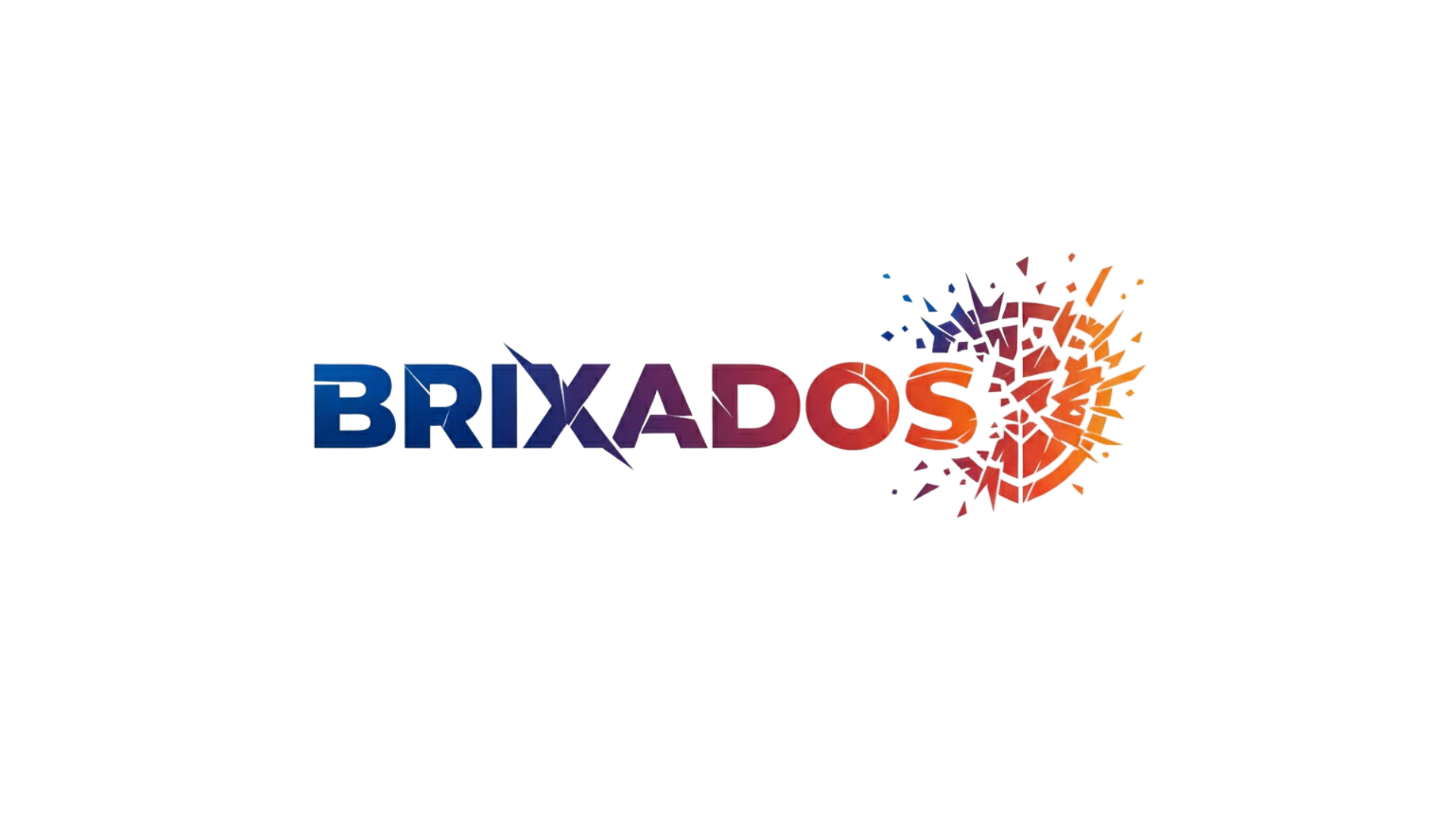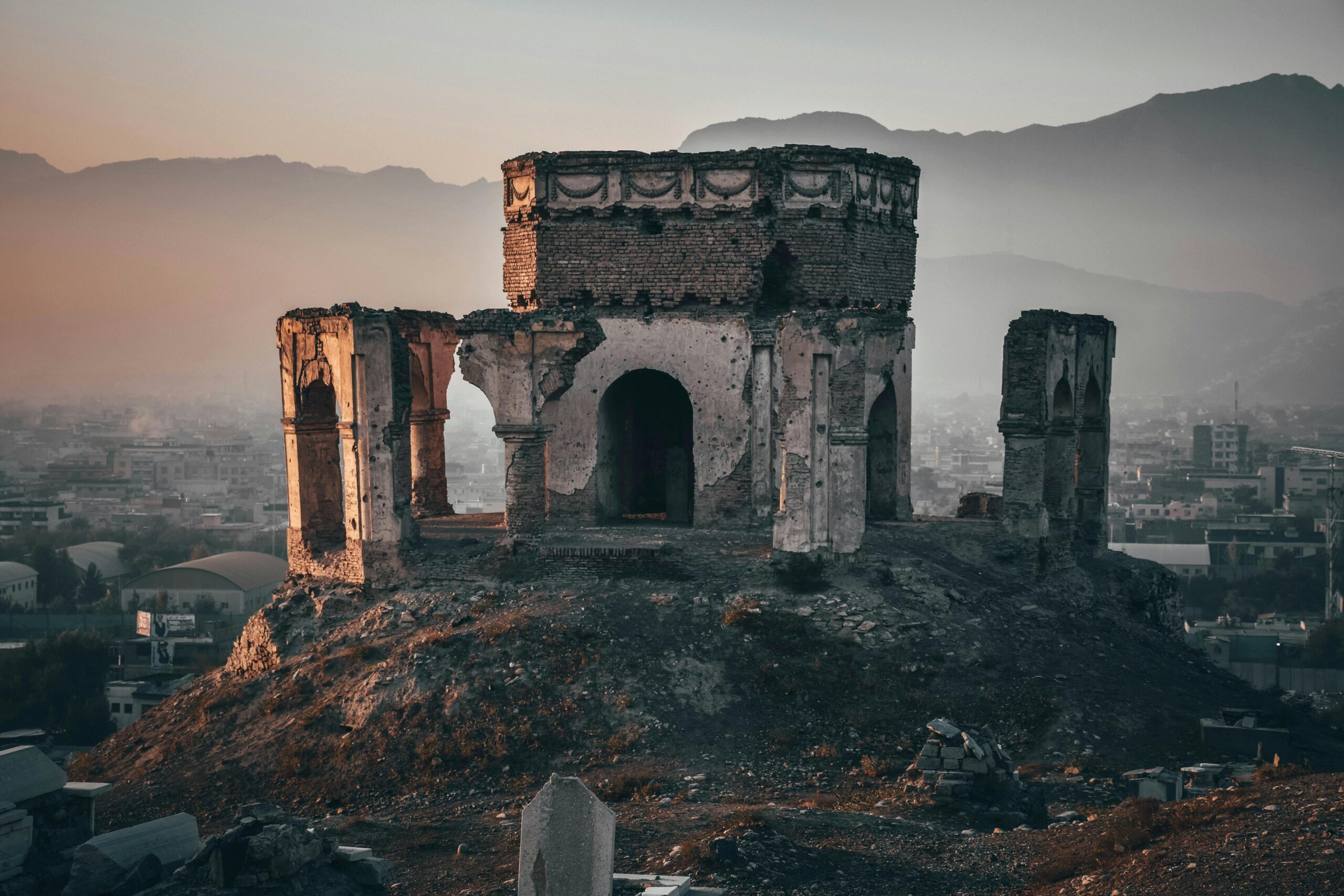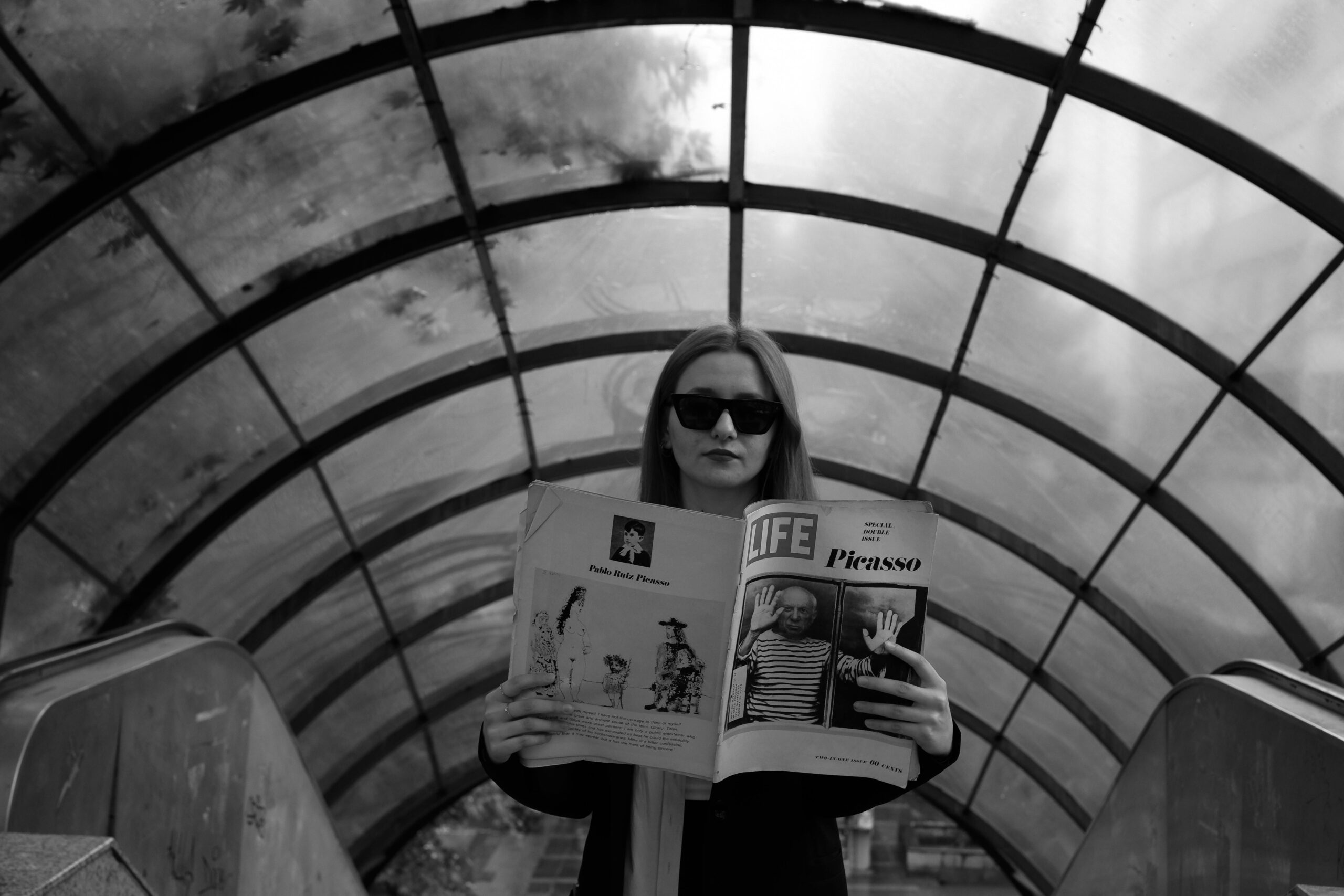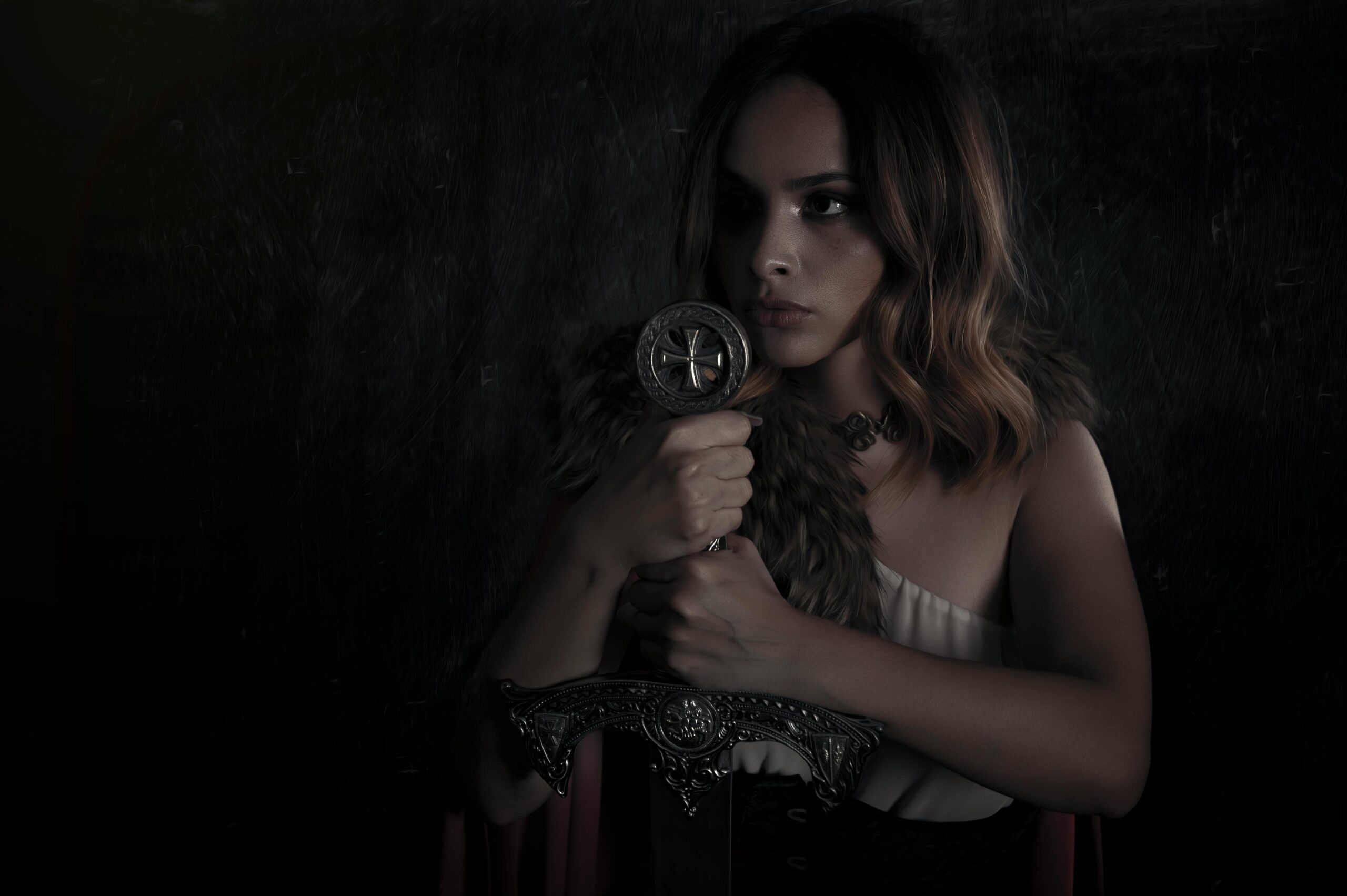Ancient myths continue to weave their magic through our modern minds, shaping how we think, dream, and understand ourselves in ways we rarely recognize.
🏛️ The Eternal Echo of Ancient Stories
Walk into any modern cinema, open a bestselling novel, or scroll through social media, and you’ll find the fingerprints of ancient mythology everywhere. These timeless narratives, crafted thousands of years ago by civilizations long vanished, remain surprisingly relevant to our contemporary existence. The Greek hero’s journey mirrors our personal struggles, Norse tales of Ragnarok reflect our anxieties about climate change, and Egyptian concepts of the afterlife still influence how we process mortality.
The relationship between ancient myths and the modern psyche isn’t merely academic—it’s visceral and immediate. These stories survived not because they were written down, but because they spoke to fundamental human experiences that transcend time and culture. They addressed questions that still haunt us today: What is our purpose? How do we face our fears? What happens when we die? Why do we suffer?
Carl Jung, the pioneering psychologist, recognized this connection when he developed his theory of the collective unconscious. He proposed that certain symbols and narratives—what he called archetypes—are hardwired into human consciousness, passed down not through teaching but through our very psychological structure. This explains why a child in Tokyo can feel the same emotional resonance reading Greek myths as a teenager in São Paulo or an adult in Stockholm.
🧠 Archetypal Patterns in Everyday Psychology
The hero’s journey, first codified by Joseph Campbell in “The Hero with a Thousand Faces,” appears in everything from Star Wars to personal development seminars. This narrative pattern—departure, initiation, and return—structures how we understand personal growth. When someone talks about “finding themselves” through travel, overcoming addiction, or starting a business, they’re unconsciously following this ancient mythological blueprint.
Consider the archetype of the Shadow, another Jungian concept drawn from mythological traditions. In ancient stories, heroes always faced dark doubles or monstrous opponents that represented their own rejected qualities. Today, this pattern plays out in therapy sessions, workplace conflicts, and relationship dynamics. The things that trigger us most intensely in others often reflect aspects of ourselves we’ve refused to acknowledge.
The Trickster in Modern Culture
The trickster archetype—embodied by figures like Loki, Anansi, Coyote, and Hermes—remains powerfully present in contemporary culture. These boundary-breaking characters who defy social norms and expose hypocrisy have modern equivalents in satirists, hackers, and disruptive innovators. Elon Musk’s provocative tweets, the anonymity of internet culture, and the appeal of anti-heroes in television all tap into this ancient archetype.
Tricksters serve a psychological function by providing safe ways to question authority and explore taboo subjects. They create the cultural flexibility that prevents societies from becoming too rigid. In personal psychology, the inner trickster represents our capacity for spontaneity, humor, and creative rule-breaking—qualities essential for mental health but often suppressed by social conformity.
💭 Mythology as Psychological Language
Ancient myths provide a sophisticated language for discussing internal experiences that might otherwise remain nameless. When we describe someone as having a “Midas touch” or an “Achilles heel,” we’re using mythological shorthand that carries layers of meaning impossible to convey with ordinary vocabulary. These references access a shared psychological understanding that makes communication more efficient and emotionally resonant.
Psychotherapy has recognized this power for decades. Narrative therapy helps clients reframe their personal stories using mythological structures, transforming feelings of victimhood into hero’s journeys. Jungian analysis works directly with mythological symbols that emerge in dreams and imagination. Even cognitive-behavioral approaches inadvertently use mythological thinking when they help clients identify and challenge their internal “monsters” and “dragons.”
Dreams and Mythological Thinking
The connection between dreams and mythology reveals how deeply these ancient patterns live within us. Dreams naturally produce mythological imagery—journeys through underworlds, battles with monsters, magical transformations, encounters with wise guides. This isn’t because we’ve studied mythology, but because both dreams and myths arise from the same source: the symbolic, metaphorical thinking of the unconscious mind.
Modern dream research has confirmed that certain themes appear universally across cultures: falling, flying, being chased, losing teeth, appearing naked in public. These common dreams correspond remarkably well to mythological motifs found worldwide. The experience of flying in dreams mirrors ancient stories of shamanic flight, while dreams of being chased echo myths of heroes fleeing divine punishment or pursuing destiny.
🎭 Mythological Themes in Contemporary Media
The entertainment industry has become perhaps the primary vehicle through which mythological patterns shape the modern psyche. Blockbuster films, popular television series, video games, and bestselling novels constantly recycle ancient mythological structures, often unconsciously. Writers and creators instinctively gravitate toward these patterns because they “work”—they create emotionally satisfying narratives that audiences instantly understand on a deep level.
Marvel’s cinematic universe explicitly draws on Norse mythology with Thor, but every superhero story fundamentally retells ancient myths. Superman is Moses and Hercules combined. Batman is a shamanic figure who descends into the underworld (the cave) and returns transformed. Wonder Woman brings Greek mythology directly into the modern world, but she also represents the universal archetype of the warrior goddess found in cultures worldwide.
Video Games as Interactive Mythology
Video games represent a fascinating evolution of mythological storytelling. Unlike passive media, games allow players to embody the hero, making choices and facing consequences within mythological frameworks. Games like “God of War,” “Assassin’s Creed,” and “Hades” explicitly use mythological settings, while countless others employ mythological structures without ancient dressing.
The psychological impact of interactive mythology may be more profound than traditional storytelling. When players make moral choices within these frameworks, they’re not just hearing about ethical dilemmas—they’re living them. This experiential quality mirrors how ancient myths functioned in ritual contexts, where stories weren’t just told but enacted through ceremony and participation.
🌍 Cultural Identity and Mythological Heritage
Different cultures maintain distinct mythological traditions that continue to shape collective psychology. Japanese culture’s relationship with Shinto and Buddhist mythology creates particular attitudes toward nature, impermanence, and social harmony. Indian culture’s deep connection to Hindu epics like the Ramayana and Mahabharata influences everything from family relationships to political discourse. Indigenous mythologies worldwide carry ecological wisdom increasingly relevant to modern environmental crises.
The globalization of culture has created interesting hybridizations. Anime blends Japanese mythology with Western storytelling structures. Latin American magical realism fuses indigenous and Catholic mythological elements. K-pop and Korean dramas carry Confucian and shamanistic undertones that shape their emotional impact. These cultural products succeed globally partly because they offer fresh variations on universal mythological themes.
The Loss and Recovery of Mythological Connection
Modern secular society often lacks direct engagement with living mythological traditions, creating what some psychologists call a “spiritual hunger.” This void manifests in various ways: the appeal of fantasy fiction, the growth of neopagan movements, fascination with ancient astronaut theories, or the quasi-religious fervor surrounding certain political movements and celebrity figures.
However, there’s also a growing movement to consciously reconnect with mythological wisdom. Men’s and women’s groups use mythological frameworks for personal development. Environmental movements draw on indigenous mythologies to articulate ecological values. Storytelling festivals and mythology podcasts are flourishing. This represents not nostalgia but recognition that these ancient patterns address psychological needs that modernity alone cannot satisfy.
💡 Practical Applications of Mythological Thinking
Understanding how myths shape psychology isn’t merely theoretical—it offers practical tools for navigating modern life. Recognizing archetypal patterns in your own behavior can illuminate why certain situations trigger disproportionate emotional responses. That demanding boss might be activating your relationship with the Father archetype. Romantic obsession often involves projecting the Anima or Animus—the inner image of the ideal partner—onto an actual person.
Business and leadership development increasingly incorporate mythological concepts. The “hero’s journey” framework helps entrepreneurs understand that obstacles aren’t aberrations but necessary parts of the growth process. Understanding archetypal leadership styles—the Warrior, the Sage, the Ruler, the Caregiver—helps managers develop more nuanced approaches to team dynamics.
Creativity and Mythological Inspiration
Artists, writers, and creators who consciously engage with mythology often produce more resonant work. This doesn’t mean simply retelling old stories, but understanding the deep structures that make stories psychologically powerful. Why do certain character combinations work? What makes a satisfying resolution? How do you create meaningful symbolism rather than arbitrary details?
The creative block many artists experience often represents disconnection from these deeper patterns. Techniques like active imagination, where you dialogue with characters or symbols from your unconscious, can restore this connection. Many successful creators describe their best work as something that “came through them” rather than from conscious effort—a description that mirrors how ancient poets described mythological inspiration.
🔮 The Future of Myth in the Digital Age
As we move deeper into the digital era, mythological patterns are evolving into new forms. Virtual reality offers unprecedented opportunities for immersive mythological experiences. Artificial intelligence raises questions about creation and consciousness that echo ancient myths about golems and animated statues. Social media creates modern pantheons of influencers and celebrities who serve quasi-mythological functions in collective consciousness.
The internet itself functions somewhat like the mythological collective unconscious—a space where archetypal patterns, symbols, and narratives circulate and evolve. Memes often carry mythological structures, distilling complex psychological and social truths into symbolic images that spread virally. Online communities form around shared mythological frameworks, from fandoms to conspiracy theories to spiritual movements.
Climate change, artificial intelligence, space exploration, and biotechnology are generating new mythologies while simultaneously evoking ancient ones. The possibility of multi-planetary civilization recalls myths of cosmic journeys. Genetic engineering echoes stories of divine creation and transformation. These emerging situations require new stories, but those stories will inevitably draw on archetypal patterns because those patterns reflect how human consciousness fundamentally works.
🌟 Reclaiming Personal Mythology
Perhaps the most profound application of understanding myth’s influence on the modern psyche is developing awareness of your own personal mythology—the stories you tell yourself about who you are, where you came from, and where you’re going. These narratives powerfully shape your choices, relationships, and sense of possibility.
Are you living as the Victim, waiting for rescue? The Martyr, suffering for others? The Eternal Child, avoiding responsibility? The Warrior, fighting against everyone? None of these are inherently wrong—they’re archetypal patterns with both light and shadow aspects. The key is consciousness: choosing your mythological stance rather than unconsciously being lived by it.
Rewriting your personal mythology doesn’t mean denying difficult experiences, but reframing them within more empowering narrative structures. The same life events that seem meaningless suffering in one story become the hero’s initiation in another. The relationships that appear as simple failures might be understood as necessary encounters with shadow aspects. The career setbacks could be the call to adventure you initially refused.

🎯 Integrating Ancient Wisdom with Modern Living
The enduring relevance of ancient myths reveals something profound about human nature: despite technological advancement and cultural evolution, our fundamental psychological structure remains remarkably consistent. We face different external circumstances than our ancestors, but the internal landscape—the fears, desires, conflicts, and aspirations—would be immediately recognizable to someone from ancient Greece, Egypt, or China.
This recognition doesn’t require rejecting modernity or romanticizing the past. Ancient peoples faced their own forms of suffering, injustice, and limitation. Rather, it’s about integration—bringing forward the psychological wisdom encoded in mythology while utilizing the tools and knowledge of contemporary civilization. Science and myth aren’t opposites but complementary ways of knowing: one mapping external reality, the other illuminating internal experience.
The myths haven’t lost their power; we’ve simply become unconscious of how they continue shaping us. By bringing awareness to these patterns—in the stories we consume, the dreams we experience, the reactions we have, and the narratives we construct—we gain greater psychological freedom. We can choose which archetypal energies to cultivate, which stories to live by, and how to author our lives with greater intentionality and meaning.
As we navigate an increasingly complex world filled with unprecedented challenges and opportunities, the ancient myths offer not answers but something more valuable: frameworks for asking the right questions, mirrors for seeing ourselves more clearly, and maps for journeys that each generation must take anew. In understanding how these timeless stories shape our modern minds, we discover both our connection to countless generations past and our responsibility to create new myths for generations yet to come.
Toni Santos is a myth-psychology researcher and narrative writer exploring how archetypes, symbols and human story converge to shape mind, culture and meaning. Through his studies on the collective unconscious, comparative mythology and symbolic dream interpretation, Toni examines how the myths we tell reflect the patterns we live — and how awareness of these patterns can spark transformation. Passionate about hero’s journeys, mythic motifs and dream-language, Toni focuses on how story acts as both mirror and map for inner depth and growth. His work highlights the bridges between myth, psyche and culture — guiding readers toward a deeper encounter with themselves and the stories they carry. Blending psychology, mythology and narrative theory, Toni writes about the hidden architecture of meaning — helping readers understand how symbols, stories and dreams shape experience and identity. His work is a tribute to: The power of myth to reveal the unseen structures of psyche The journey from archetype to individual lived story The art of dream-language as a path to wholeness Whether you are a storyteller, psychologist or traveller in the inner landscape, Toni Santos invites you to explore the mythic dimension of mind — one symbol, one myth, one insight at a time.




